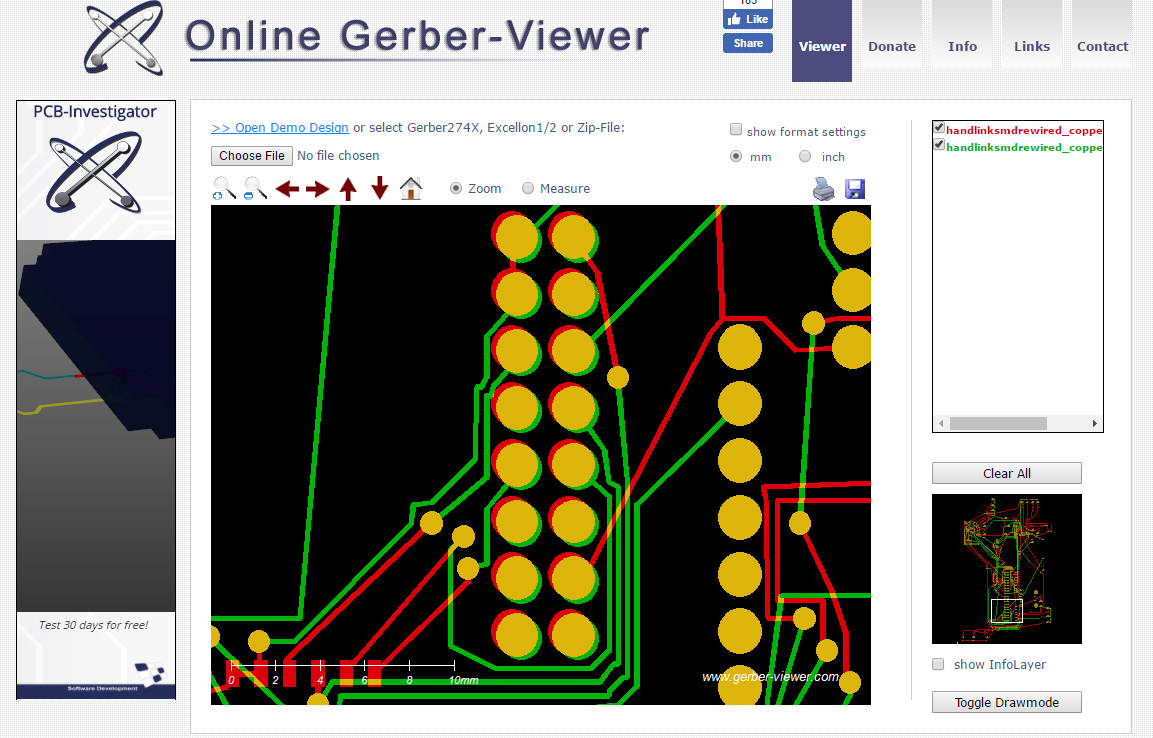

This is the I2C Linux Device Driver using Raspberry PI – Linux Device Driver Tutorial Part 37. They are not suitable for use as general purpose IO where a pull-up might interfere. It came about as the result of the need for a 1602 LCD on my recent Raspberry Pi server project, but should also work with LCD s of different geometry such as 1602 or 2002. Library to use PCF8574 based LCD via software I2C bus in a Raspberry Pi. These include atmospheric sensors, EEPROMS, and several types of display. Using the I2C bus on Raspberry Pi ,PCF8574 IC, and Python characters/strings can be displayed on the LCD. There are a couple ways to use I2C to connect an LCD to the Raspberry Pi. i2c = I2C (1, sda=Pin (14), scl=Pin (15)) Here GPIO14 and GPIO15 are used with ID1.In order to use I2C devices you must enable the interface on your Raspberry Pi.You’ll find the full simulator doc here, and the project is open source with all files released in Github.

The company does say “you will not be charged unless you explicitly transition to a paid offer”, so it should be free to try.


To do anything useful, you’ll need to create a new IoT Hub in Azure, at which point you’ll need to register an account, and provide a mobile phone number and credit card info for authentication, so I stopped there. On the top right, we’ve got sample source code written using Node.js to read temperature data from the sensor, push it to an Azure IoT Hub, and blink the LED in the coding area, and finally the integrated console window can be seen on the bottom right corner. The preview version of the simulator does not allow you customize components on the breadboard, something you’ll be able to do in the release version, so we are stuck with a BMP280 sensor and red LED in the assembly window. Microsoft has launched its own Raspberry Pi (3) simulator running in web browsers, connecting to virtual sensors and components using Fritzing, and interfacing with the company’s Azure IoT cloud service. If you were already following this blog when the first Raspberry Pi launched, you may have tried to emulate a Raspberry Pi and run Fedora in QEMU, as getting a board was a challenge at that time.


 0 kommentar(er)
0 kommentar(er)
